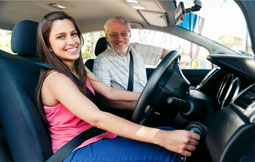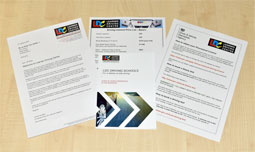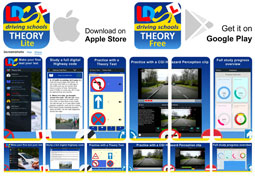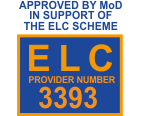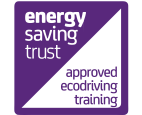The independent driving part of the test
At some point during the driving test you will have to drive independently for approximately 20 minutes by following directions from a sat nav, traffic signs and/or verbal directions. The examiner will tell you which you have to follow.
- Traffic Signs
The examiner will ask you to follow the direction signs to a specific destination until further notice e.g. 'I would like you to follow the signs towards Leeds A62 until further notice.' If there are poor or obscured traffic signs, the examiner will give you directions until you can see the next traffic sign - you won't need to have a detailed knowledge of the area. If this happens the examiner would say, 'There are no signs here. Just continue ahead please' and then, 'Now, carry on following the signs to ........' - Direction from the examiner's sat nav (currently TomTom Start 52) and placed upon your dashboard
See advice below for details on using a sat nav.
If you ask for a reminder of the directions, the examiner will confirm them to you. Driving independently means making your own decisions and, just like when driving with friends, this includes deciding when it's safe and appropriate to ask for confirmation on where you're going.
If you go off the independent driving route it won't affect the result of your test unless you commit a driving fault. If you go off the route or take a wrong turn, the examiner will help you to get back on the route and continue with the independent driving.
Advice on using a sat nav
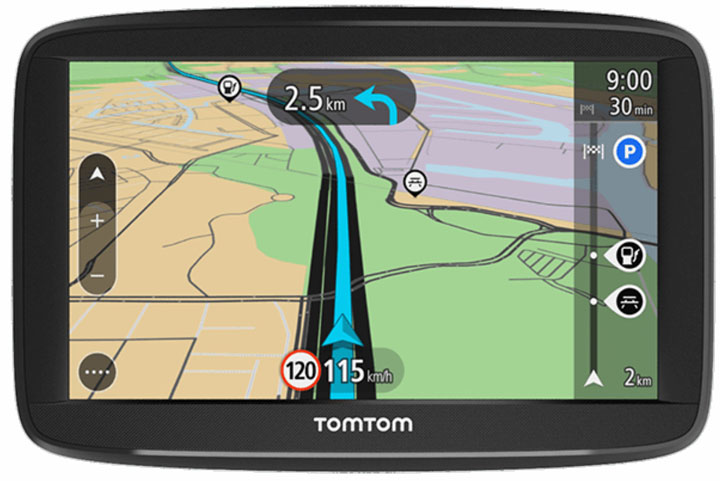
A sat nav can help drivers plan routes and prevent drivers from making last minute lane changes or hesitating because they are not sure of the directions etc. However, a badly used or placed sat nav can cause a distraction and increase the risk of a collision or injury.
Safety advice about using a sat nav
Make sure
- you know how to use the device and have familiarised yourself with the settings.
- you select the correct destination before you start your journey.
- the device doesn’t obscure your view of the road in any way.
- the device is easy to see without you having to look down or turn your head a long way.
- the device is properly secured and will not impede airbag deployment.
- you don’t interact with the device in anyway while driving.
- you can hear the voice directions as listening is less distracting than looking.
- you learn how to quickly pick up the key information you need from the device well in advance of the hazard or the next turning point so you can assess the situation early with your own forward planning skills.
- you use your common sense and any other signs that tell you the sat nav is wrong - don’t follow it blindly.
Remember, if you don’t turn when directed your sat nav will recalculate to get you back on route but don’t rush to change direction without careful assessment of the situation. The common instruction “Do a U-Turn where possible” is not an instruction to be rushed! The examiner will set the sat nav up for you. You cannot use your own sat nav.

